Animation studio "Animaccord" was founded in 2008. The first project is the famous cartoon "Masha and the Bear". 52 episodes have already been released, and one of them, Masha plus Porridge, has gained a billion views — no Russian video has ever gained so much on YouTube. "Masha and the Bear" is watched by children not only in Russia, but also in 22 other countries of the world — for example, in South Korea, Israel and the USA. In addition to this cartoon, the studio still has two projects: "Fairy Tale Machines" and "Masha's horror stories". "Masha and the Bear" was created using 3D animation technology in HD format. The Village decided to find out how it happens.
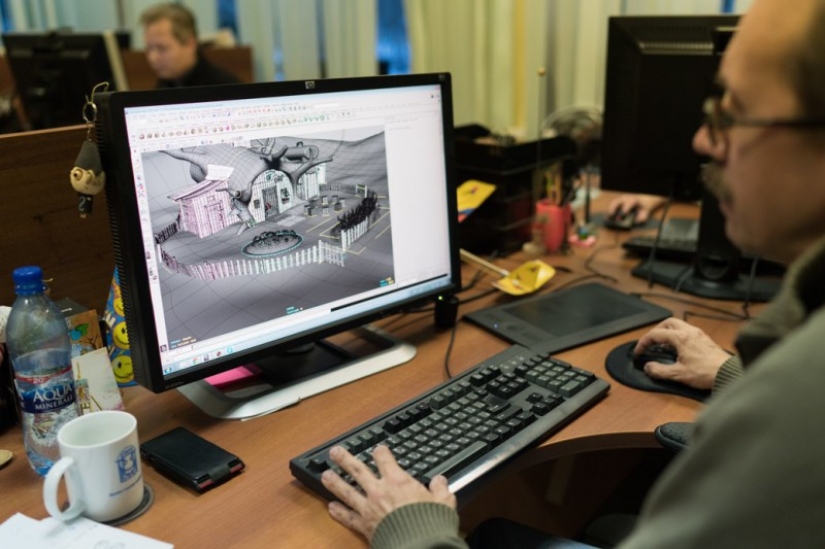 Source: the-village.ru
Source: the-village.ru
How it all started
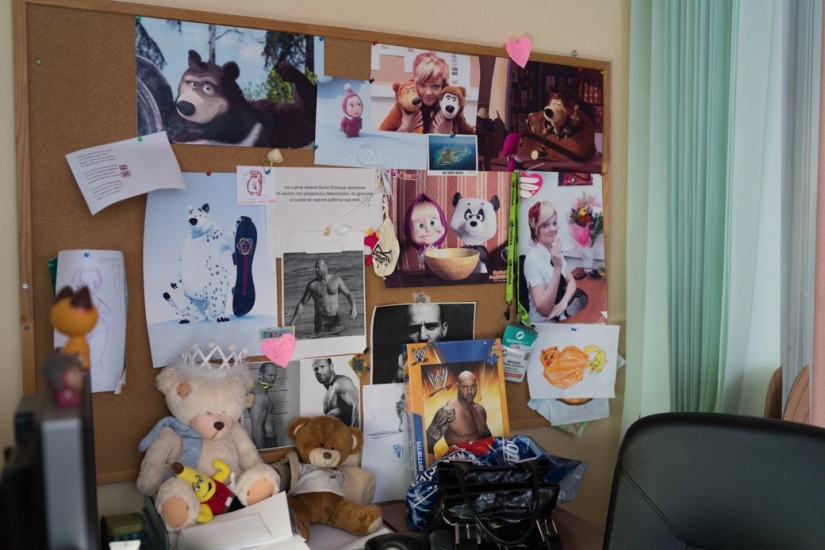
Oleg Kuzovkov, the artistic director of the studio, began working on the cartoon "Masha and the Bear" in 2007 (although he had been hatching the idea since 1996). At first I was looking for investors, then I started the team. "Do you want to be a director? I'm starting a cartoon here," recalls Denis Chervyatsov, the screenwriter of Masha and the Bear, a phone call from Oleg Kuzovkov. Denis Chervyatsov was engaged in advertising 3D graphics up to this point, but he always wanted to participate in the process of creating cartoons. That's why I agreed. At that time there was no script — there was only a synopsis of the first series: the girl Masha got lost in the forest, where she meets a Bear. Then Kuzovkov and Chervyatsov begin to write the script of the first series. Oleg Kuzovkov clearly represented the character of both the Bear and Masha. "They were originally very colorful, so stories began to be strung on them themselves," says Denis Chervyatsov. The script was ready, but there was no one who would bring it to life. Then the art directors turned to familiar studios who agreed to make a cartoon.
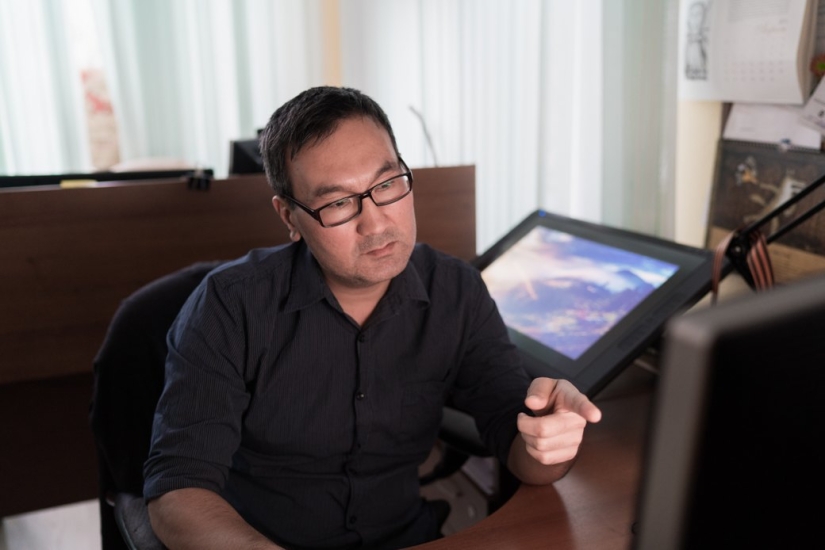
The finished first series was posted on YouTube. There were no agreements with either rental or TV at that time. The artistic director of the project "Masha's Horror stories" recalls how they followed the comments of users with bated breath. Very soon the cartoon was supported by the VGTRK channel, and then it was also shown in the program "Good Night, kids". It became clear that the cartoon is in demand, so we need to continue the release. Gradually, a team began to gather, now about 100 employees work in the studio. One episode lasts about seven minutes, its production takes an average of three to four months. Four series are in development at once.
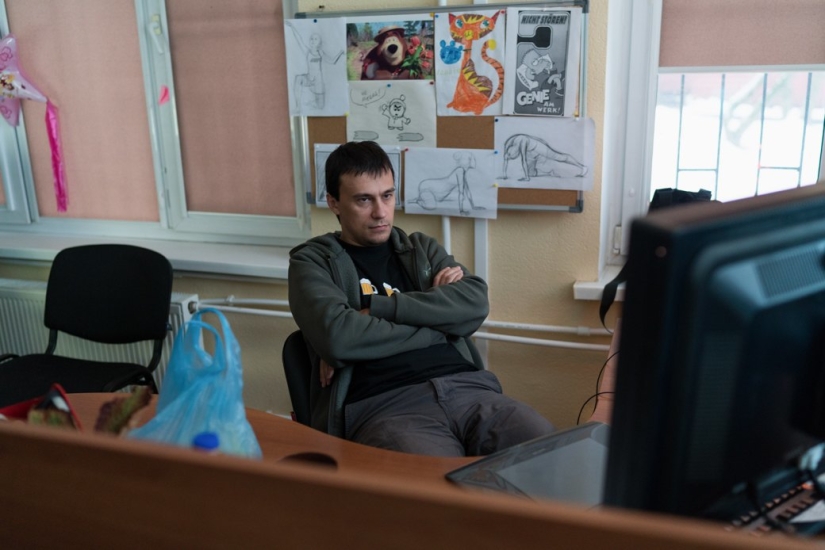
It all starts with a script written by the founder of the studio Oleg Kuzovkov. The description of the entire action that unfolds in the series fits only on a couple of A4 sheets. After the script is ready, the artist draws each scene according to it — makes a storyboard. This is a storyboard that helps the team understand what's going on in the series. There can be up to 2 thousand drawings in the storyboard, while not necessarily all the scenes will fall into the cartoon.
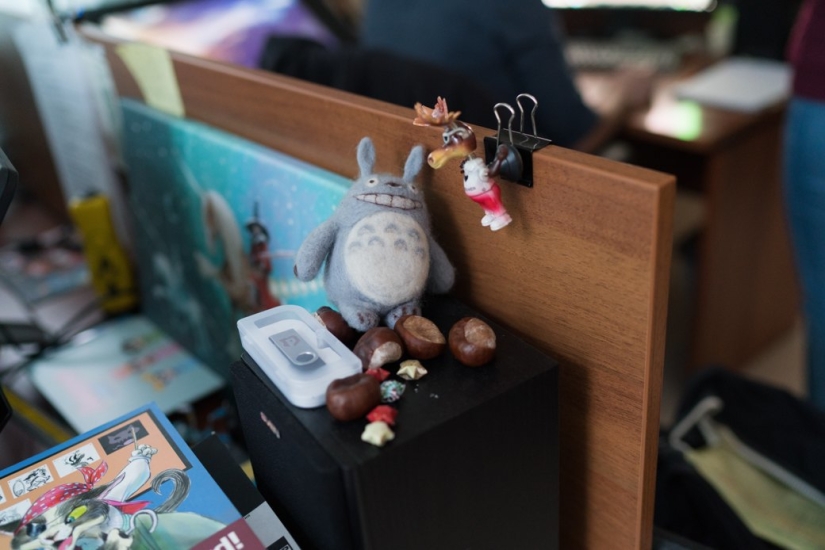
Then the storyboard gets into the 2D animatics department. Here, experts place pictures in chronological order on the "ruler" and divide them into episodes. It becomes clear how many minutes each episode will last, how the characters will interact and what the main character, Masha, says. After that, she is voiced — the voice of dubbing actress Alina Kukushkina, who is now 14 years old, is recorded. And she became "Masha" when she was only six. However, the new episodes of the third season are voiced by actress Varya Sarantseva. At the same stage, the position of the cameras is set.
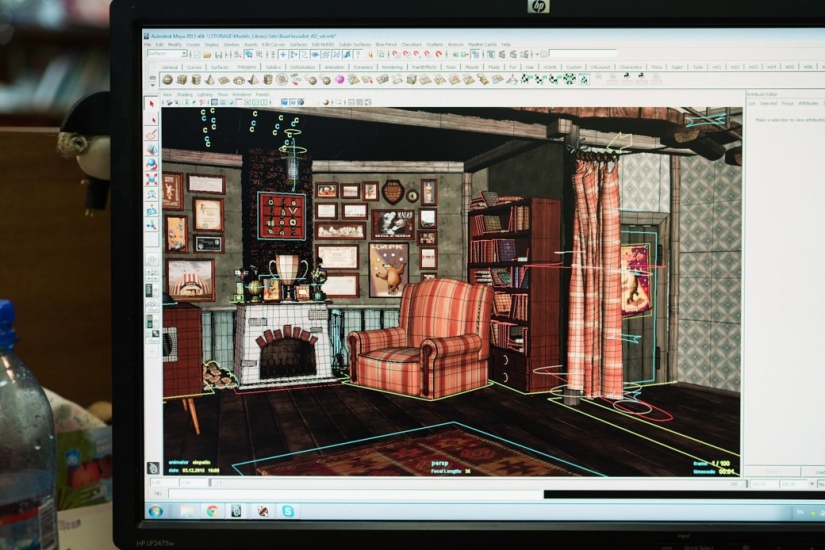
Then flat 2D objects and characters are translated into three-dimensional 3D shapes. This is done by modellers. The database stores all the items that were involved in the cartoon. Therefore, for example, for Masha or the Bear, you do not need to create a new model every time (if they are in the frame in a "classic form"). But in all the series there are things that are present in the frame for the first time — for example, new hats, houses, transport. All these props are created from scratch: first the artist draws it, then they are given to the 2D animatic department and finally to the 3D animatic.
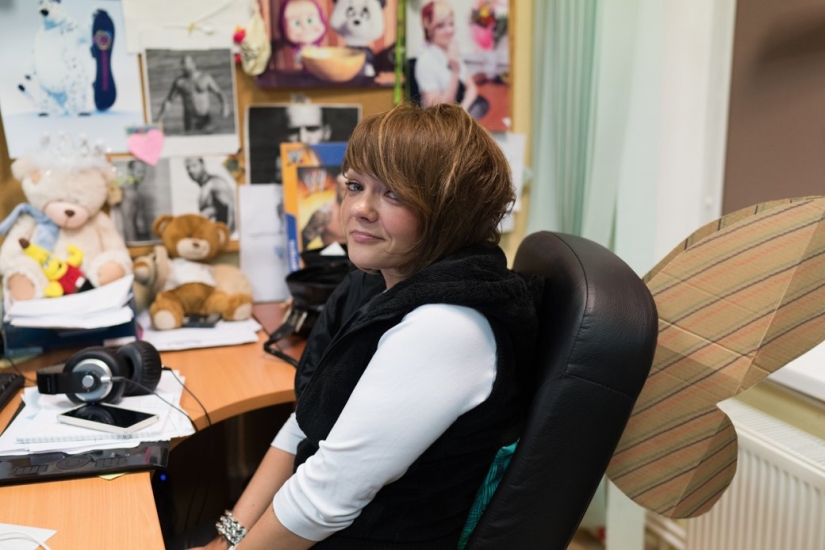
Each such model switches to setup. Here, the specialist attaches control elements to all moving parts, pulling on which you can revive everything that should not be static in the frame. All this is done for animators who can make the curtain sway in the wind, Masha dance, and the Bear wonder. Modelers also work out all the extreme forms of emotions of the characters, such as laughter, crying, surprise. After the items are modeled, they go to texturing. Here, a full-fledged color character is obtained from a gray blank. It is painted by putting on it a texture that the artist previously painted.
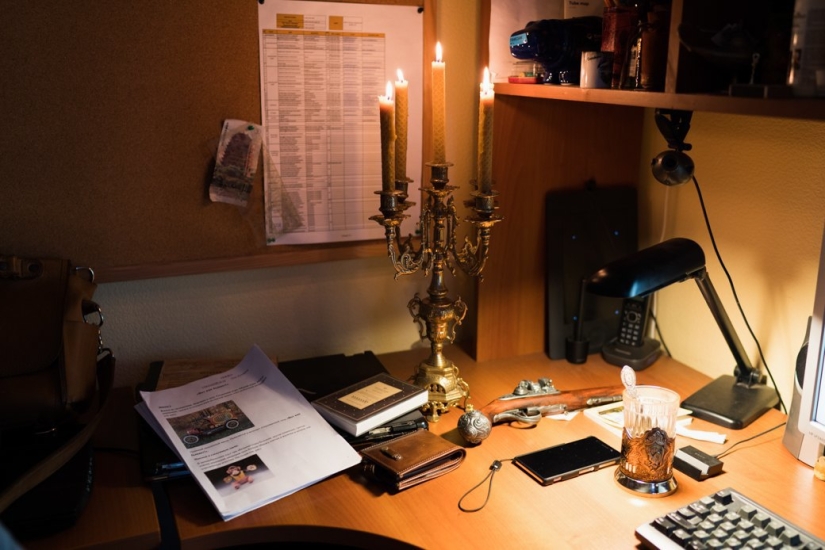
Finally, animators come into play, who control everything in the frame like puppets. That is, they literally open the doors, take books from the shelf, make lipsink — put the position of Masha's lips in accordance with what sounds she utters. At the same time, it is necessary to take into account with what mood the heroine speaks — cheerful or sad. In order to know the text, animators listen to its recording with headphones. The whole process can take two to three months.

After the animation, the cartoon gets to the render, where experts apply textures to gray models and arrange the light in the frame. All the characters and their surroundings become as realistic as possible: the characters have hair, animals grow fur, needles grow in the Christmas trees. Plus, the time of day, the time of the year already appears on the render and the weather is set.
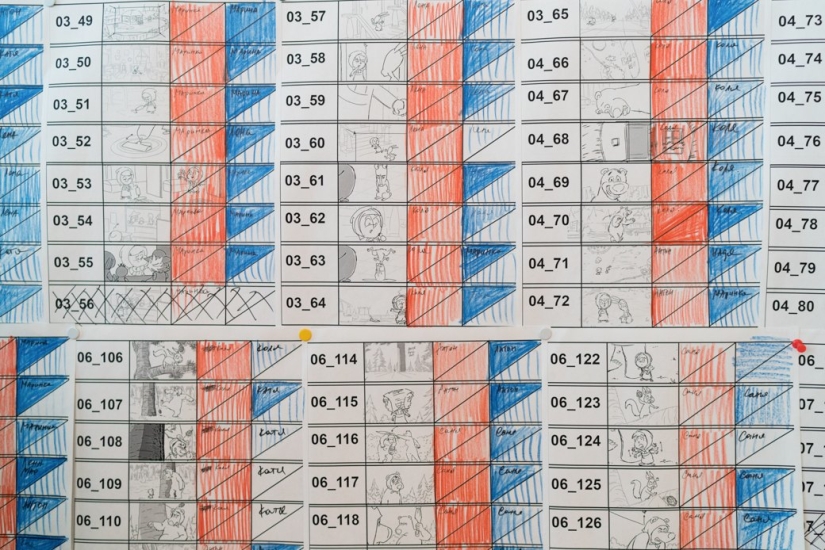
Then the cartoon is sent to the final stage — composing, the specialists of this department work on the layers, processing them, aligning them in color intensity, dynamics and combining into one finished product. The final version of the cartoon is coordinated with the artistic director, and then the series is uploaded to YouTube and iTunes.
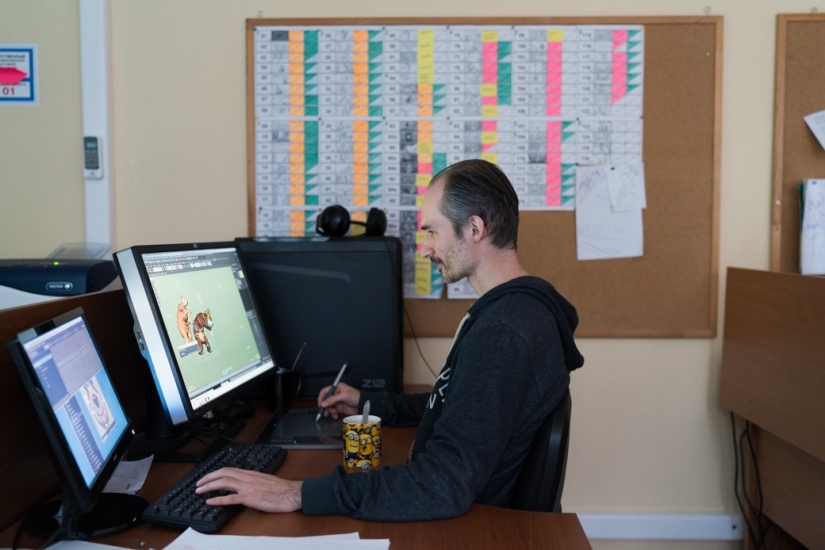
Keywords: Masha and the Bear | Cartoon | Studio
Recent articles

Man cave, or "man cave" — is embodied in the life of children's dreams of their own cozy nook where you can relax from bustle and ...

If you are tired of everything (and especially people), if you desperately need a little magic in life, then we have an idea for ...
Related articles

What do you know about Mickey Mouse? In fact, this famous and beloved character has its own long and interesting history. Mickey ...

Drawing someone's portrait is not an easy task, but how about drawing it in several different styles? Italian artist Rino Russo ...

English actress Kathryn Beaumont (Kathryn Beaumont) — the actress who voiced Alice in the Disney animated film "Alice in ...

Kitchen – one of the most popular places in the world. Here is the mystery of cooking a favorite food, family gatherings, ...